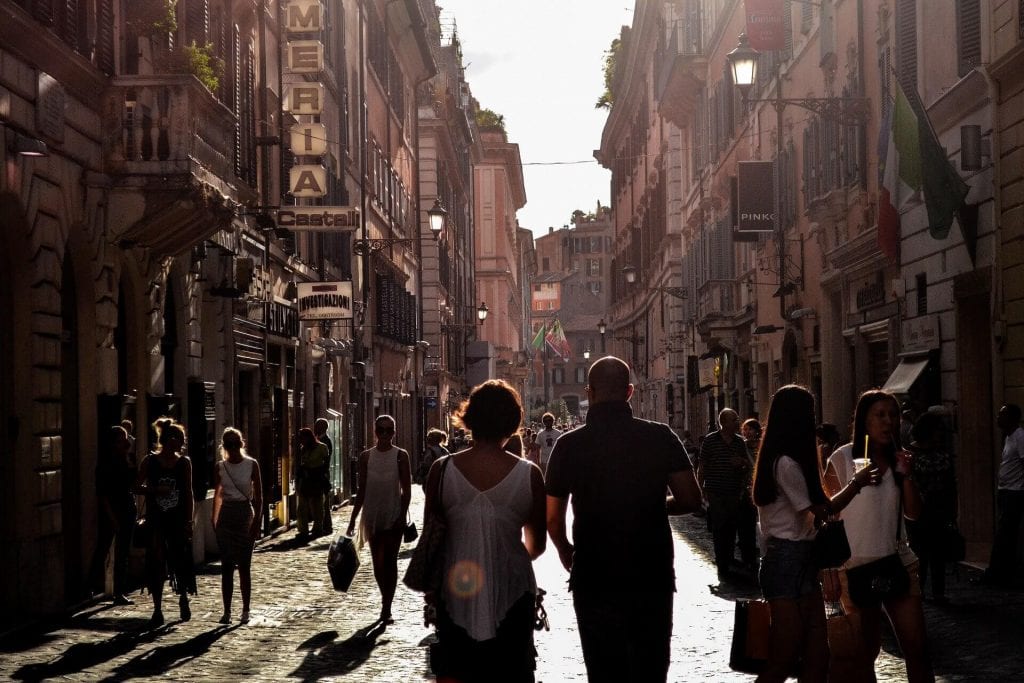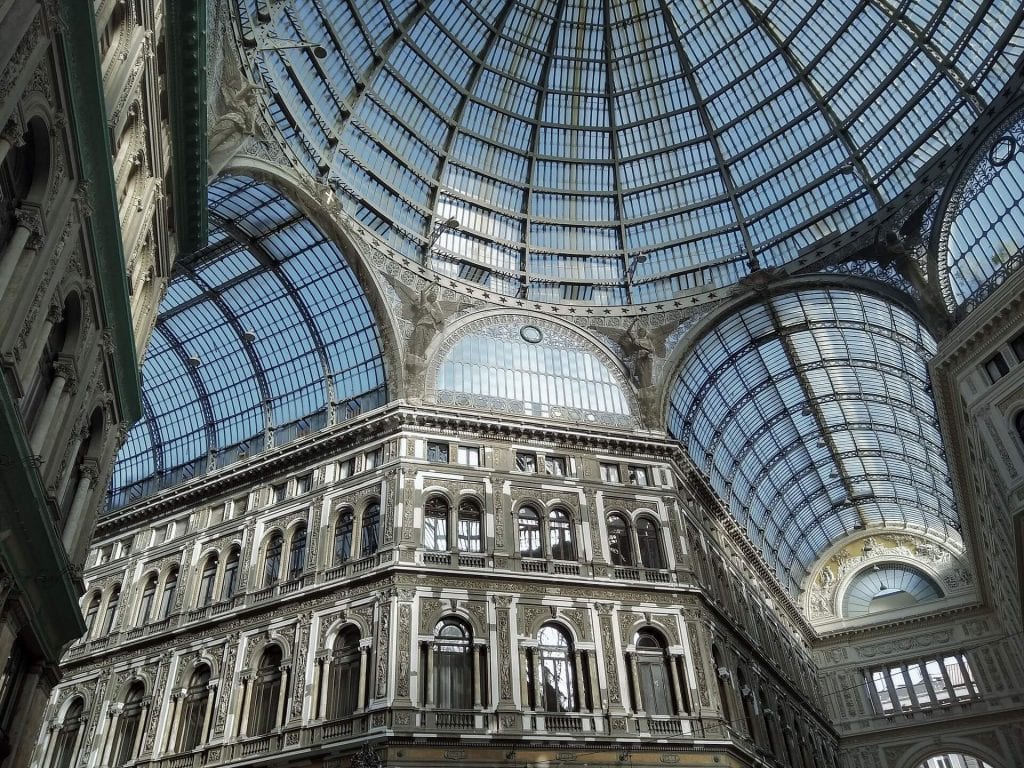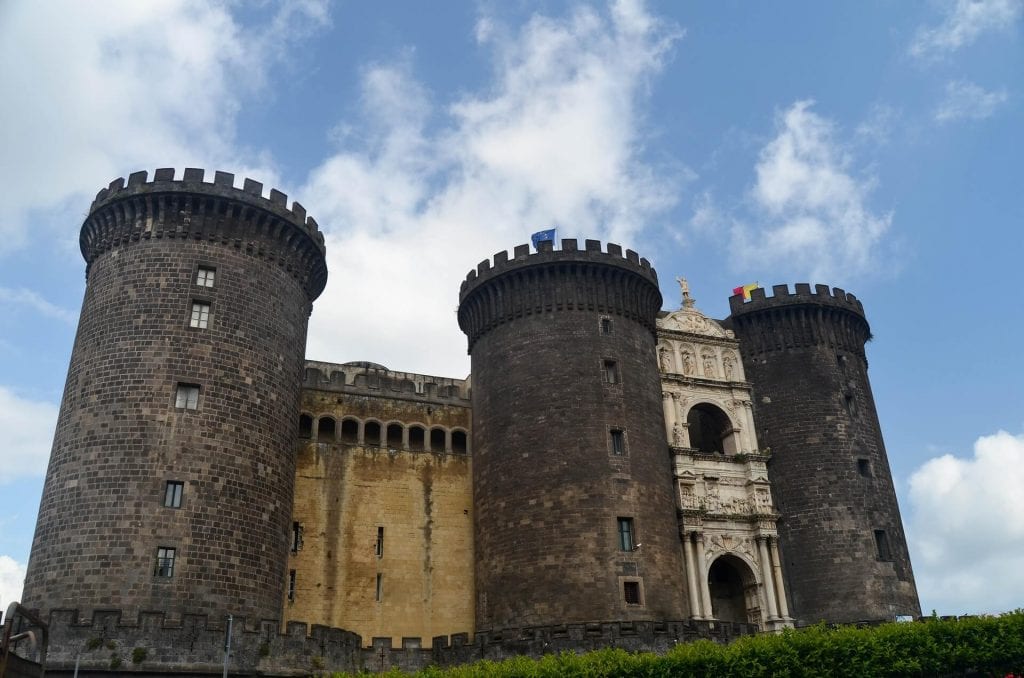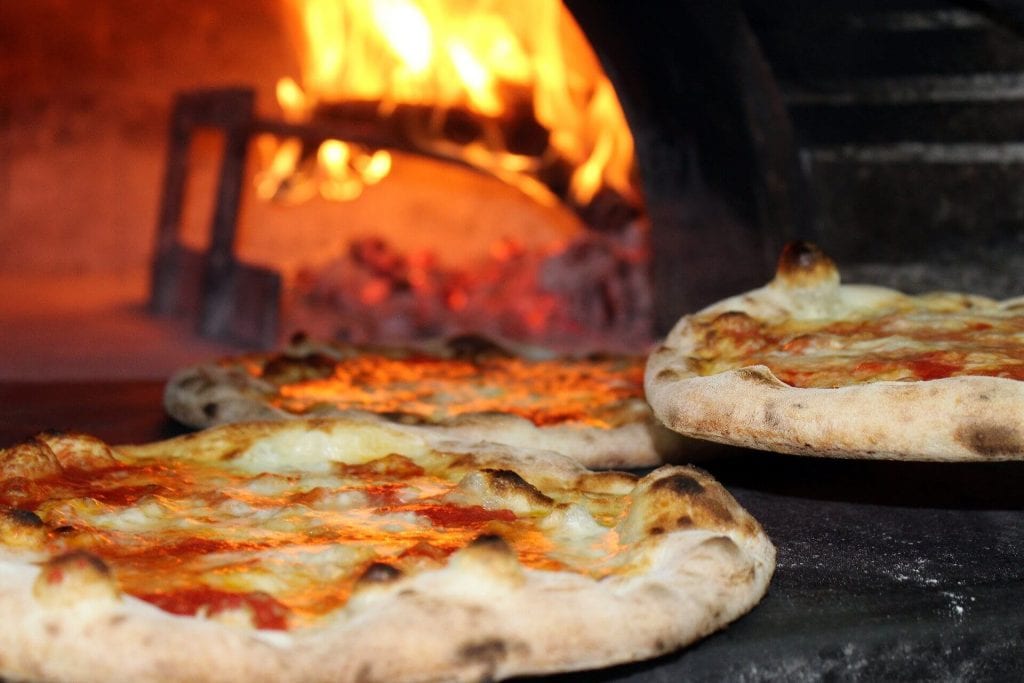Naples is the regional capital of Campania and the third-largest city of Italy, after Rome and Milan. Its province-level municipality is the third-most populous metropolitan city in Italy with a population of 3,115,320 residents, and its metropolitan area (that stretches beyond the boundaries of the Metropolitan City of Naples) is the second-most populous metropolitan area in Italy.

First settled by Greeks in the first millennium BC, Naples is one of the oldest continuously inhabited urban areas in the world.
Naples’ historic city centre is the largest in Europe and has been designated in 1995 as a UNESCO World Heritage Site. A wide range of culturally and historically significant sites are nearby, including the Palace of Caserta and the Roman ruins of Pompeii and Herculaneum.
Naples is also known for its natural beauties, such as Posillipo, Phlegraean Fields, Nisida, and Vesuvius.
Neapolitan cuisine is noted for its association with pizza, which originated in the city, as well as numerous other local dishes. Naples’ restaurants have earned the most stars from the Michelin Guide of any Italian city.
The most prominent forms of architecture visible in present-day Naples are the Medieval, Renaissance and Baroque styles.
Naples has a total of 448 historical churches, making it one of the most Catholic cities in the world in terms of the number of places of worship
– Naples is one of the most ancient cities in Europe, whose contemporary urban fabric preserves the elements of its long and eventful history. The rectangular grid layout of the ancient Greek foundation of Neapolis is still discernible and has indeed continued to provide the basic form for the present-day urban fabric of the Historic Centre of Naples, one of the foremost Mediterranean port cities. From the Middle Ages to the 18th century, Naples was a focal point in terms of art and architecture, expressed in its ancient forts, the royal ensembles such as the Royal Palace of 1600, and the palaces and churches sponsored by the noble families. – Unesco


Naples is the seat of the Archdiocese of Naples, and Catholicism is highly important to the populace; there are hundreds of churches in the city. The Cathedral of Naples (Cathedral of the Assumption of Mary) is the city’s premier place of worship; each year on 19 September, it hosts the longstanding Miracle of Saint Januarius, the city’s patron saint. During the miracle, which thousands of Neapolitans flock to witness, the dried blood of Januarius is said to turn to liquid when brought close to holy relics said to be of his body.
Subterranean Naples
Underneath Naples lies a series of caves and structures created by centuries of mining, and the city rests atop a major geothermal zone. There are also a number of ancient Greco-Roman reservoirs dug out from the soft tufa stone on which, and from which, much of the city is built.
Approximately one kilometre of the many kilometres of tunnels under the city can be visited from the Napoli Sotteranea, situated in the historic centre of the city in Via dei Tribunali.
This system of tunnels and cisterns underlies most of the city and lies approximately 30 metres below ground level.
During World War II, these tunnels were used as air-raid shelters, and there are inscriptions in the walls depicting the suffering endured by the refugees of that era.
There are large catacombs (Catacombs of San Gennaro, Catacombs of Saint Gaudiosus) in and around the city, and other landmarks such as the Piscina Mirabilis, the main cistern serving the Bay of Naples during Roman times.
Several archeological excavations are also present; they revealed in San Lorenzo Maggiore, the macellum of Naples, and in Santa Chiara, the biggest thermal complex of the city in Roman times.




